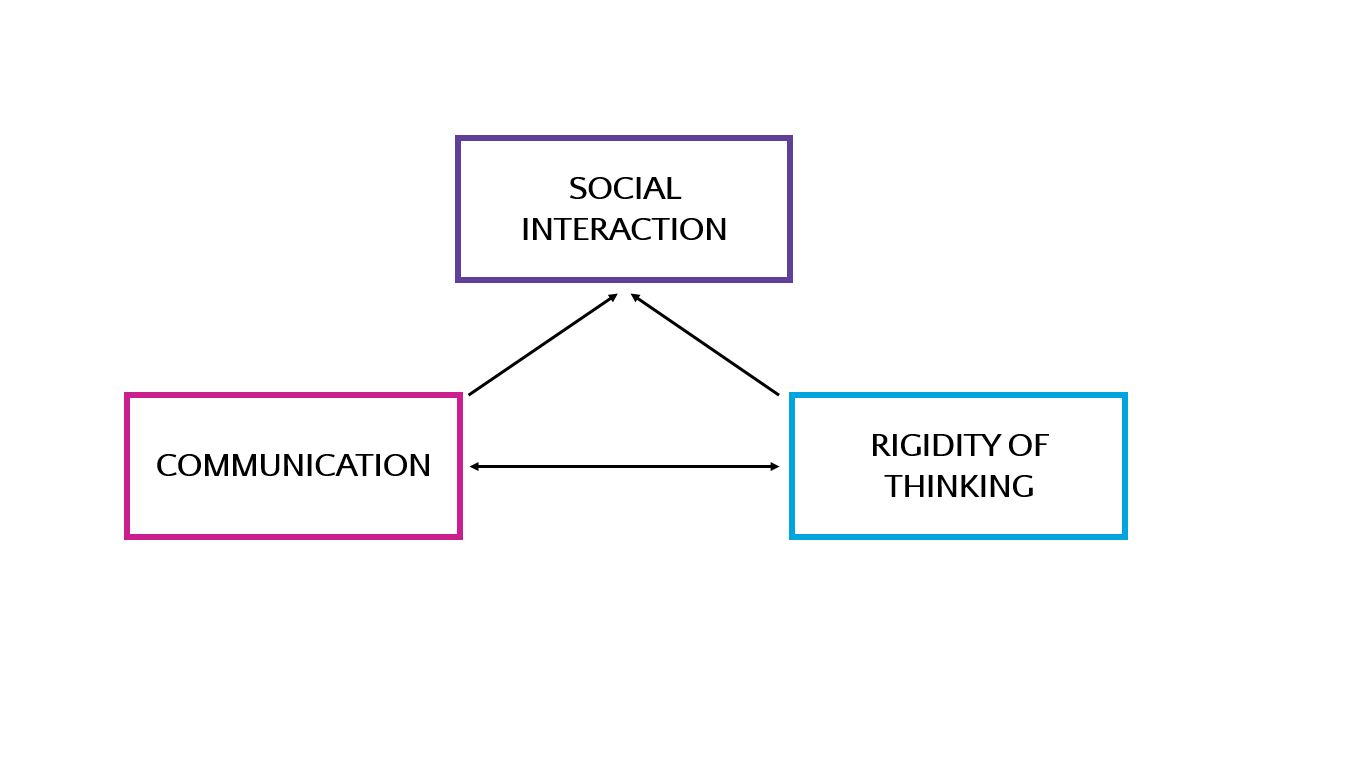
Applied Behaviour Analysis (ABA) is a scientific approach to the understanding and improvement of behaviour. ABA can help individuals with Autism spectrum disorder (ASD), ADHD, learning difficulties and more achieve socially significant change.
Key terms you’ll come across when looking at ABA include:
Function based:
A behaviour analyst looks at why the behaviour occurs as opposed to just looking at what the behaviour looks like. By working out “why”, behaviour analysts are able to implement proactive strategies based on an antecedent (what happens before the behaviour). Following this, the behaviour analyst can teach the individual socially significant replacement skills generalised across time, settings and people.
Person-centered:
Every ABA programme and intervention is unique. The programme is individualized to suit the skills and deficits of the individual. The driving goal behind each ABA programme is to achieve socially significant behavioural change.
ABA Consultants and ABA Therapists
ABA practitioners may hold different job titles. At Beam ABA Services we employ Senior ABA Consultants (BCBA), ABA Consultants and ABA Therapists. The ABA programme is typically designed by a Senior ABA Consultant (BCBA) or ABA Consultant in collaboration with the ABA Therapists who work with the user on a regular basis. The programme should be developed after initial observations and baseline assessments. These will identify core areas to target when the ABA programme is implemented.
ABA Therapists primarily work directly with the individual, implementing behaviour support plans, skill acquisition programmes and task analyses, whilst recording data on notable behaviours.
Senior ABA Consultants (BCBA) and ABA Consultants oversee the ABA programme, analyse data collected by the ABA Therapists, facilitate training, and may overlap with ABA Therapists to ensure professional development and consistency. It is also typical for the ABA Consultant to be the main point of contact for parents and external stakeholders (social workers etc.) although this varies case to case.
How does ABA therapy work for autism?
One of the most widely recognised uses of ABA is the work that is being done in the field of autism. There are over fifty years of experiential research evidencing the effectiveness of ABA for individuals with a diagnosis of autism. It is vital to highlight that ABA is not used to “cure” autism. Autism is a lifelong developmental disability. Therefore, the focus of an ABA intervention is therefore not on “curing” autism, but on teaching the individual replacement skills to help them live as independently as possible.
Autism spectrum disorder (ASD) is characterised by a triad of impairments – communication difficulties, social interaction difficulties, and restricted and repetitive behaviours/interests. Behaviour analysts look at where the deficits are within the triad of impairments to inform their ABA programme.
The emphasis is often on creating a communication system that works for the young person. Spoken language may not be possible to teach initially, and an alternative mode of communication, such as sign language or PECS (Picture Exchange Communication System), may be more appropriate to introduce.
Other key targets may include turn-taking, imaginative play and self-help skills. Each ABA programme is unique to the young person’s assessed needs, with treatment plans formulated after assessments have been completed. Clinical decisions related to the ABA programme are guided by the daily data collection and subsequent analysis.











